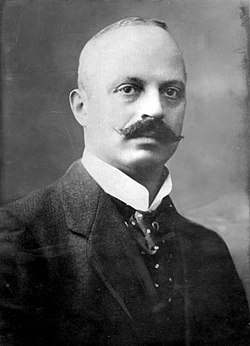Profile

The electoral district of Gulpen was created in 1888 out of part of the Maastricht district, which was reduced from two seats to one. Gulpen's boundaries remained the same throughout the electoral district's existence. It was situated in the south of the province of Limburg, including places such as Heerlen, Kerkrade and Vaals, as well as the village of Gulpen, after which it was named. Containing much of the South Limburg coal mining basin, mining was the most important economic activity in the district. [1] [2]
Over the course of its existence, the district's population increased substantially, from 43,350 in 1888 to 65,456 in 1909. Around 99% of the population was Catholic in 1888 and 1897, though this proportion dropped to 96.5% in 1909. In that same year, 1.1% of the population was Reformed, 0.3% was Gereformeerd and 2.1% belonged to the category "Others". [3]
The district of Gulpen was abolished upon the introduction of party-list proportional representation in 1918.
